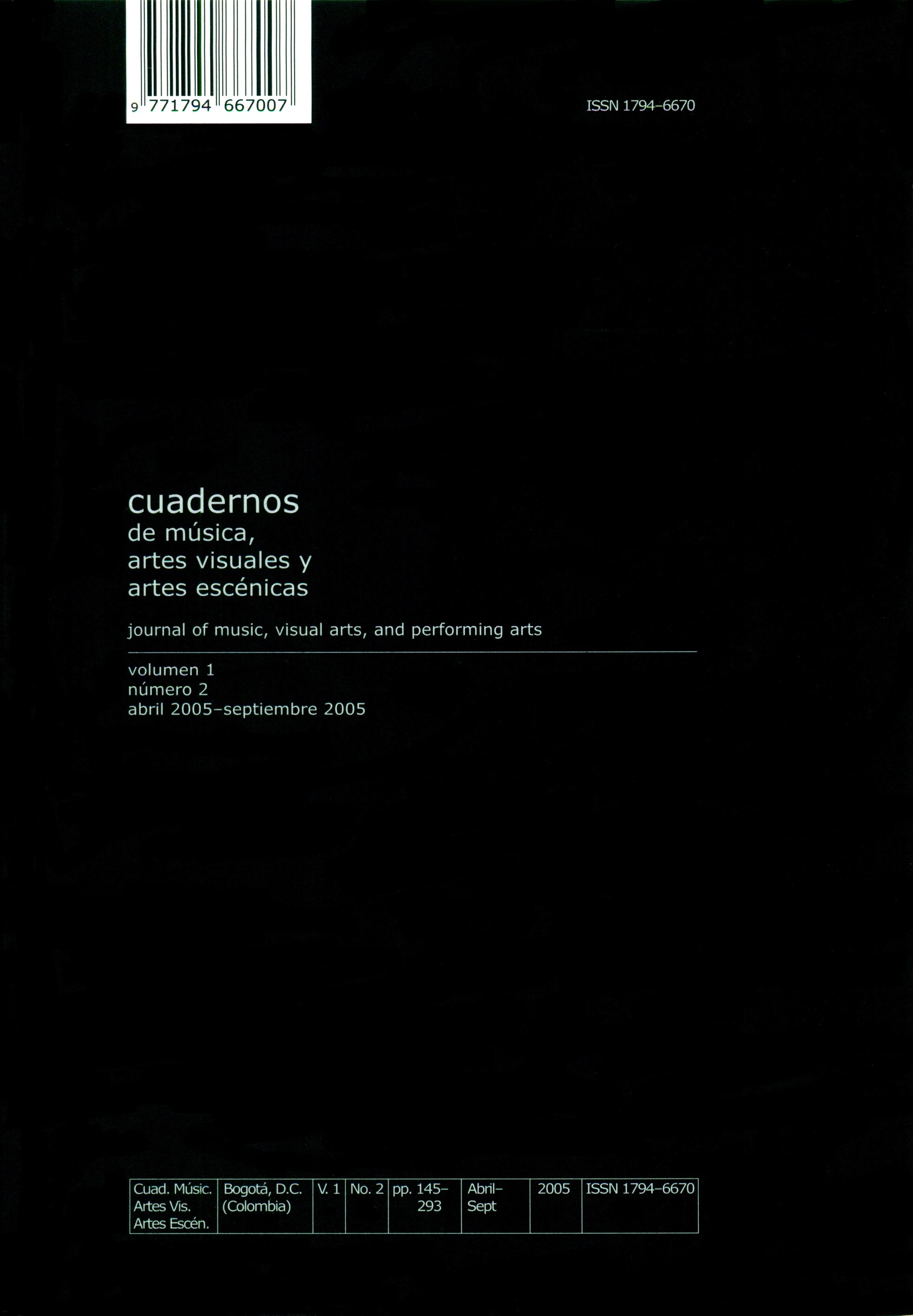Abstract
Bernard Herrmann’s score for Alfred Hitchcock’s classic film Vertigo (1958) is a clear example of the composer’s uncanny ability in translating the basic thematic premise of a film into a compact musical structure. The connection between love and death that is a central issue of Vertigo finds its musical counterpart in the derivation of the love motif and of two motifs associated with death from the same ‘Primal cell’ in the main title. The structure of the main title itself reflects this link by juxtaposing the basic motifs associated with death and love. To further illustrate the way Herrmann reinforces this connection, I will examine one of the key sequences of the film, in which the first four notes of one of the love motifs are subjected to a systematic process of transformation, which progressively eradicates the motif’s original identity. The disintegration of the motif that is inscribed into the structure of this passage powerfully expresses a doomed–indeed, fatal–love.This journal is registered under a Creative Commons Attribution 4.0 International Public License. Thus, this work may be reproduced, distributed, and publicly shared in digital format, as long as the names of the authors and Pontificia Universidad Javeriana are acknowledged. Others are allowed to quote, adapt, transform, auto-archive, republish, and create based on this material, for any purpose, provided the authorship is duly acknowledged, a link to the original work is provided, and it is specified if changes have been made. Pontificia Universidad Javeriana does not hold the rights of published works and the authors are solely responsible for the contents of their works; they keep the moral, intellectual, privacy, and publicity rights.
Approving the intervention of the work (review, copy-editing, translation, layout) and the following outreach, are granted through an use license and not through an assignment of rights. This means the journal and Pontificia Universidad Javeriana cannot be held responsible for any ethical malpractice by the authors. As a consequence of the protection granted by the use license, the journal is able to publish retractions or to correct information already published. Publishing contents in this journal does not generate royalties for contributors.


